- Product
- Solution for
For Your Industry
- Plans & Pricing
- Company
- Resources
For Your Industry

E-commerce giants like Amazon have forced Walmart to adapt and innovate in order to stay competitive. Here are some key elements of Walmart’s response:
Walmart recognized the power of data early on. By employing advanced data analytics, the company made more informed pricing decisions. In fact, according to a recent survey by RetailWire, 78% of retailers believe data analytics are crucial for optimizing pricing strategies. Walmart’s use of data analytics allowed them to respond quickly to changing market dynamics.
One of Walmart’s notable strategies was price matching. They offered to match competitors’ prices, instilling confidence in their customers that they’d always receive the best deal. Additionally, the “Rollback” strategy, offering temporary discounts on a wide range of products, encouraged foot traffic and drove sales. Research by NielsenIQ found that 62% of consumers actively seek out price promotions when shopping, making Walmart’s price rollback strategy particularly effective.
Dynamic pricing allowed Walmart to adjust prices in real-time based on supply, demand, and other variables. Personalized offers, tailored to individual customer preferences, enhanced customer engagement and loyalty. A study by McKinsey & Company showed that personalization can increase sales by up to 20%, highlighting the importance of this strategy in Walmart’s success.
Traditional retailers can no longer ignore the digital revolution. Here’s how to adapt and thrive:
Invest in data analytics to gather customer information and market trends. Use this data to optimize pricing strategies, understand customer needs, and make informed decisions.
Customers expect a seamless experience across all channels – online, mobile, and in-store. Ensure consistent pricing and product availability across all platforms.
Monitor competitor pricing and consider price-matching strategies when feasible. Stay agile and adapt your pricing based on market dynamics.
Put the customer first! Conduct surveys, gather feedback, and analyze data to understand customer needs and preferences. Tailor pricing strategies and offers that resonate with your target audience.
Offer subscription boxes or services for recurring revenue and customer loyalty.
Create a unique in-store experience that goes beyond just shopping. Host events, workshops, or product demonstrations.
Build a strong online presence to connect with customers and promote your brand. Leverage social media for targeted advertising and promotions.
Walmart’s journey in mastering pricing data and strategies against e-commerce giants exemplifies the power of adaptability and data-driven decision-making. Traditional retailers can take a page from Walmart’s playbook by embracing pricing data, offering competitive prices, focusing on customers, and adopting an omnichannel approach. The battle against e-commerce competition may be challenging, but with the right pricing strategies, traditional retailers can thrive in this ever-evolving landscape.
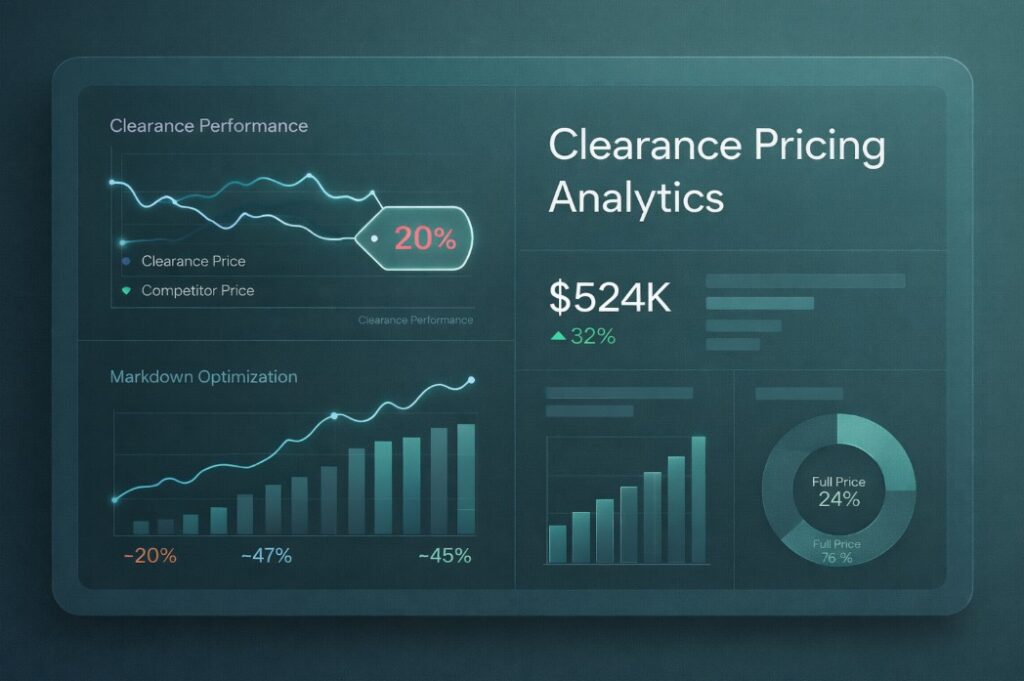
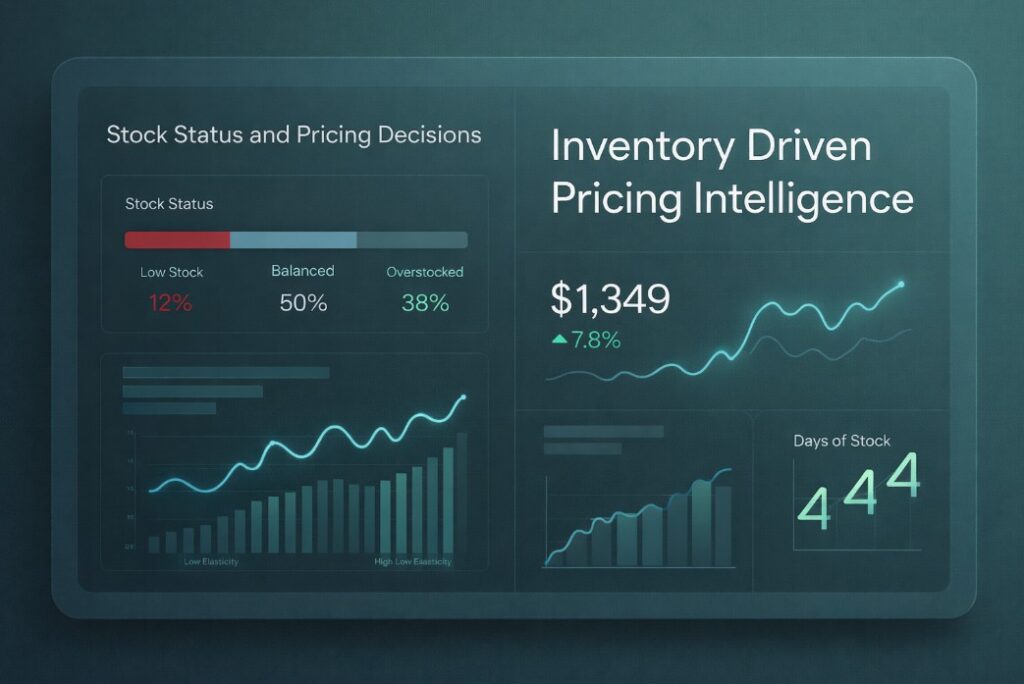
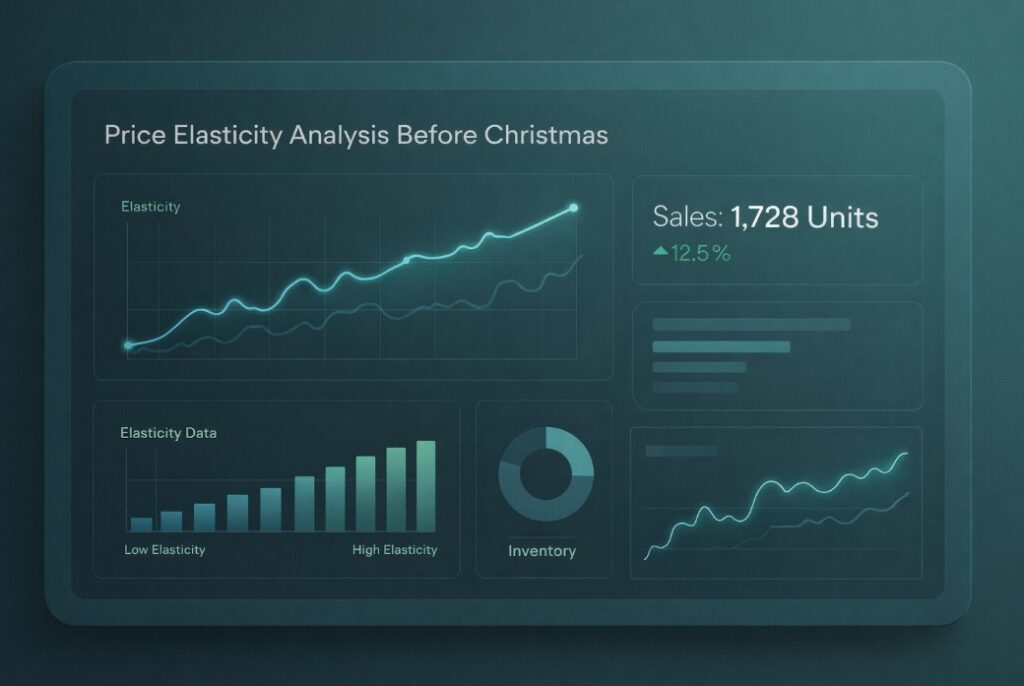
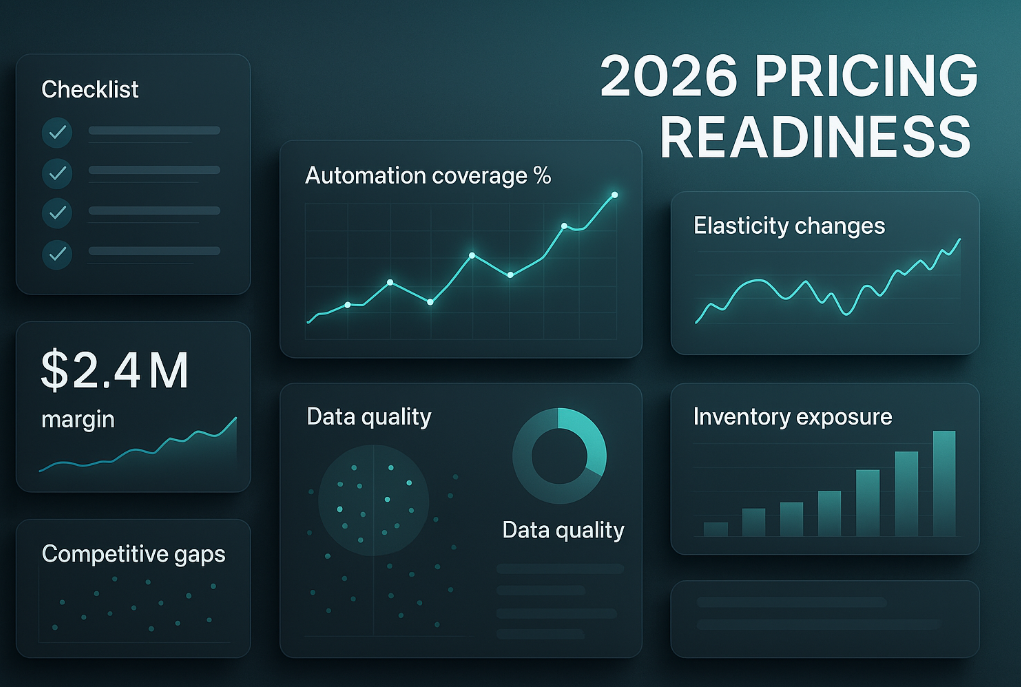

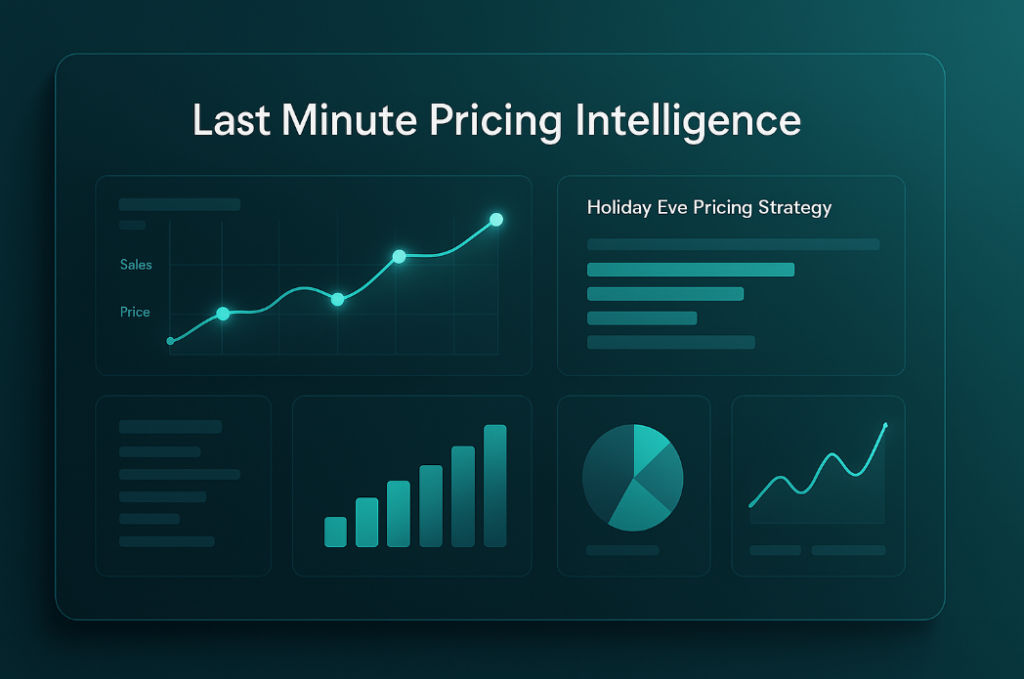

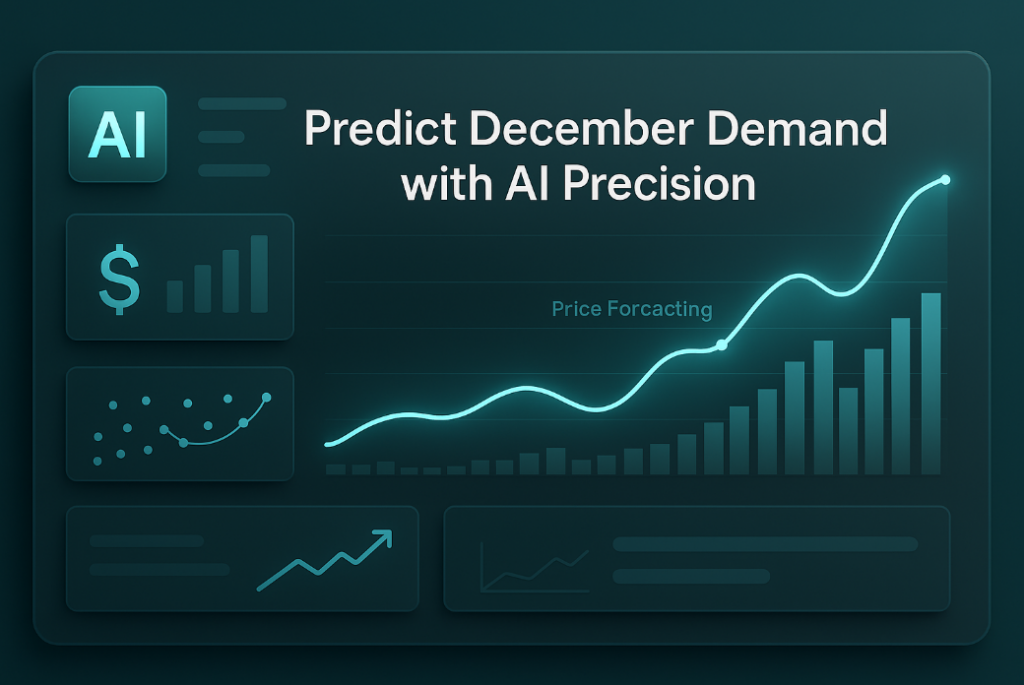






Missing an important marketplace?
Send us your request to add it!